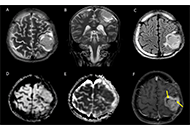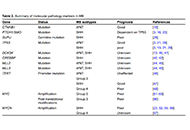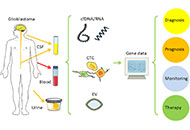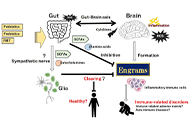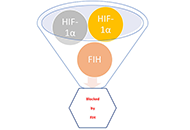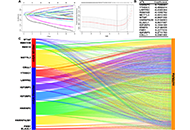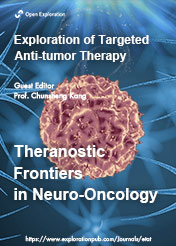
Theranostic Frontiers in Neuro-Oncology
Guest Editor
Prof. Chunsheng Kang E-Mail
Deputy Director of Tianjin Neurology Institute, Director of Neuro-tumor Laboratory of Tianjin Medical University General Hospital, Tianjin, China
Research Keywords: Nano-medicine; signaling pathways; exosome and endocytosis; gene editing; neuro-oncology
About the Special lssue
Among the tumors of the central nervous system, glioblastoma is currently the most challenging tumor for neurosurgeons. Benign tumors are also challenging diseases for surgical procedures because of deep location with brain. In recent years, with the development of genomics, proteomics and metabolomics, the understanding of neuro-oncology has been deepened, and new diagnostic markers, diagnostic techniques and treatment strategies have been developed in both clinical diagnosis and therapeutics. The special issue will focus on the application of new methods, viewpoints and technologies for the diagnosis and treatment of brain tumors including brain metastases. Novel research methods including immune markers and single-cell sequencing are also welcome. The topic will cover the scope of imaging, pathology, neurosurgery, neuro-oncology and basic research. Reviews, comments and research article within the scope are welcomed for submission.
Keywords: Neuro-oncology; brain metastasis; imaging; surgical technology; pathology; biomarker; single cell sequencing; immunology
Published Articles
